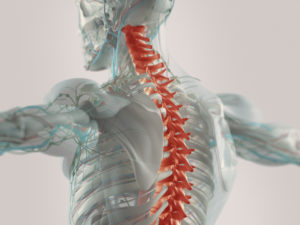A few days after a California commuter train rammed a truck whose driver had abandoned it at a railroad crossing outside Oxnard, California (CA), on February 24, 2015, Insurance Journal published an analysis titled “Replacing Unsafe Train Crossings Deemed too Expensive.”
The headline writer exaggerated slightly in that properly gated and marked grade-level railroad crossings are not necessarily unsafe. Such crossings — some 250,7000 in the United States — do serve as the locations of the vast majority of collisions between trains, vehicles and pedestrians, however. Overpasses, underpasses and parallel tracks see far fewer crashes. According to statistics compiled by the Federal Railroad Administration, 2,087 grade crossing accidents occurred in 2013, leading to 251 deaths and 929 injuries.
Fifty people, both Metro Link passengers and train crew members, suffered injuries and burns in the Oxnard crash. Earlier in the month, an SUV stalled inside the gates of a crossing in Valhalla, New York (NY), initiated a train crash that left six people dead and several more hospitalized. Little wonder, then, that a magazine written for insurance company executives would turn attention to grade crossing safety.
What the writers found should depress even the most jaded, bottom line-focused reader:
The cost-effectiveness of upgrading rail crossings tends to be fairly low,” said Christopher Pflaum, president of Overland Park, Kansas-based research firm Spectrum Economics Inc., who has studied the cost of safety at train intersections. “From an economic perspective, getting away from all the emotion involved when trains hit vehicles, just pure dollars and cents and lives saved, spending more money on rail crossings is not a good way to save lives.
An estimate for building a railroad overpass at the location of the Oxnard accident puts the price tag at $35 million. Under current legal and contractual arrangements, much of that cost would be borne by city and state governments, meaning taxpayers would be on the hook. Surpluses simply do not exist to divert funds from education, employee pay, pensions and other government obligations.
Current questions regarding the costs and expenses of preventing train crashes probably do not encompass enough, however. Why could track owner and railroad companies not spend some of their billions on converting grade crossings to overpasses and underpasses. Those engineering solutions will not be practical in every instance. Cities may simply lack the space to permit such structures. Entrances to rail yards need to exist at ground level. Crossings through private property often see little traffic. Also, the negotiations with landowners over construction could make putting up bridges or digging channels unfeasible.
Acknowledging all these difficulties, it should not be too much to ask the largest, Class I railroads to pay a larger proportion of the costs for improving improvable rail crossings? Two major freight railroads that serve Virginia and North Carolina have just posted several years of record earnings and profits. CSX took in $12.7 billion during its 2014 fiscal year, $1.9 billion of which counted as pure profit. Norfolk Southern did almost exactly as well, reporting gross revenues of $11.6 billion on the year, with a net profit of $2.0 billion.
Having helped victims of railroad accidents and train crashes since the 1980s, I suspect rail operators will not voluntarily step up to pay for converting grade crossing. At the same time, I know that a single death can stick the liable company with millions in expenses for compensating surviving family members. Regardless of the cold calculus cited by the expert speaking with Insurance Journal, it makes abundant sense for railroads and track owners to invest in crossing upgrades that save lives. In the long run, structures that prevent train crashes make sense by saving dollars and cents.
EJL









Comments for this article are closed.